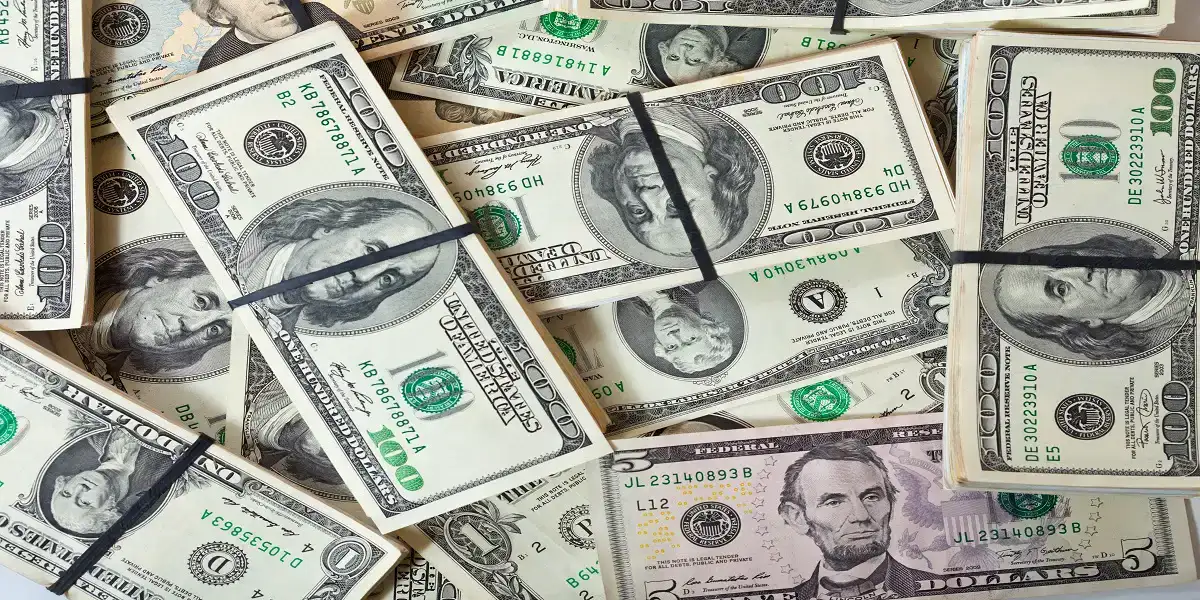The concept of converting a large quantity of pennies to dollars may seem straightforward, but it can be surprisingly engaging when considering the intricacies and historical context. Here’s an in-depth exploration of the value of 600,000 pennies in dollars, along with relevant economic, cultural, and practical aspects.
The Basic Conversion
The most direct way to answer the question “How much is how much is 600,000 pennies in dollars” is through simple arithmetic. Since one dollar is equivalent to 100 pennies:
Total amount in dollars=Number of pennies100\text{Total amount in dollars} = \frac{\text{Number of pennies}}{100}
Applying this formula:
Total amount in dollars=600,000 pennies100=6,000 dollars\text{Total amount in dollars} = \frac{600,000 \text{ pennies}}{100} = 6,000 \text{ dollars}
Therefore, 600,000 pennies amount to $6,000.
Historical Context of the Penny
To appreciate the value of 600,000 pennies, it’s worth delving into the history of the penny. The penny, as a unit of currency, has a rich history that dates back to Ancient Rome. The word “penny” is derived from the Old English “penning,” which was influenced by the Roman “denarius,” a silver coin.
In the United States, the penny was first introduced in 1787. The design and composition of the penny have evolved over the years, with the most famous being the Lincoln cent, introduced in 1909 to commemorate Abraham Lincoln’s 100th birthday. Initially made of 95% copper, modern pennies are primarily zinc with a copper coating, due to the rising cost of copper.
Economic Implications
The practical worth of pennies has often been debated, especially given the cost of production. For many years, it has cost more than one cent to produce a single penny. According to the U.S. Mint, in recent years, the cost to make a penny has ranged from 1.5 to 2 cents. This discrepancy raises questions about the efficiency and sustainability of continuing to produce the penny.
From an economic perspective, 600,000 pennies have a production cost that exceeds their face value. Assuming an average cost of 1.75 cents per penny to produce, the production cost for 600,000 pennies would be:
Production cost=600,000×0.0175=$10,500\text{Production cost} = 600,000 \times 0.0175 = \$10,500
Thus, the cost to produce 600,000 pennies ($10,500) is significantly higher than their face value ($6,000).
Practical Challenges of Handling Pennies
Handling large quantities of pennies can be cumbersome. Physically, how much is 600,000 pennies in dollars pennies weigh approximately 3,750 pounds, given that each penny weighs about 2.5 grams. Storing and transporting such a large weight of pennies poses logistical challenges. For instance, a standard banking box for pennies holds 50 rolls (2,500 pennies), meaning 600,000 pennies would require 240 boxes. This sheer volume highlights the impracticality of dealing with large amounts of pennies in everyday transactions.
Cultural Significance and Public Sentiment
Pennies hold a place in popular culture and the public imagination. Common sayings like “A penny for your thoughts” or “A penny saved is a penny earned” reflect the penny’s cultural resonance. Despite this, public sentiment towards the penny is mixed. Many people see pennies as a nuisance, often leaving them at store counters or even discarding them. Various movements and petitions have called for the elimination of the penny from U.S. currency, arguing that it is no longer practical or economically viable.
Charitable Uses and Symbolic Value
Interestingly, pennies have found a niche in charity and educational initiatives. Many charitable organizations run penny drives, collecting vast quantities of pennies for fundraising. The cumulative value of small donations can make a significant impact. Additionally, pennies are often used in educational settings to teach children about money, savings, and arithmetic.
The Future of the Penny
The future of the penny remains uncertain. Several countries, including Canada and Australia, have already phased out their lowest denomination coins due to similar cost and practicality issues. The U.S. has considered various proposals to eliminate the penny, but legislative and public resistance have kept it in circulation.
One argument for retaining the penny is the potential rounding effect on prices. Without pennies, cash transactions would need to be rounded to the nearest five cents, which some fear could lead to inflation. However, studies from countries that have eliminated their lowest denomination coins show that rounding tends to balance out over time, with no significant long-term impact on inflation.
Conclusion
In conclusion, how much is 600,000 pennies in dollarspennies convert to $6,000, but this simple conversion belies the complex economic, historical, and cultural layers associated with the penny. While the future of the penny remains a topic of debate, its historical significance and symbolic value continue to evoke a strong response from the public. As the economy and currency systems evolve, the role of the penny may change, but its legacy as a fundamental part of U.S. currency will endure. Whether viewed as a relic or a practical unit of money, the penny remains an intriguing subject of discussion in the realm of economics and beyond. See more




